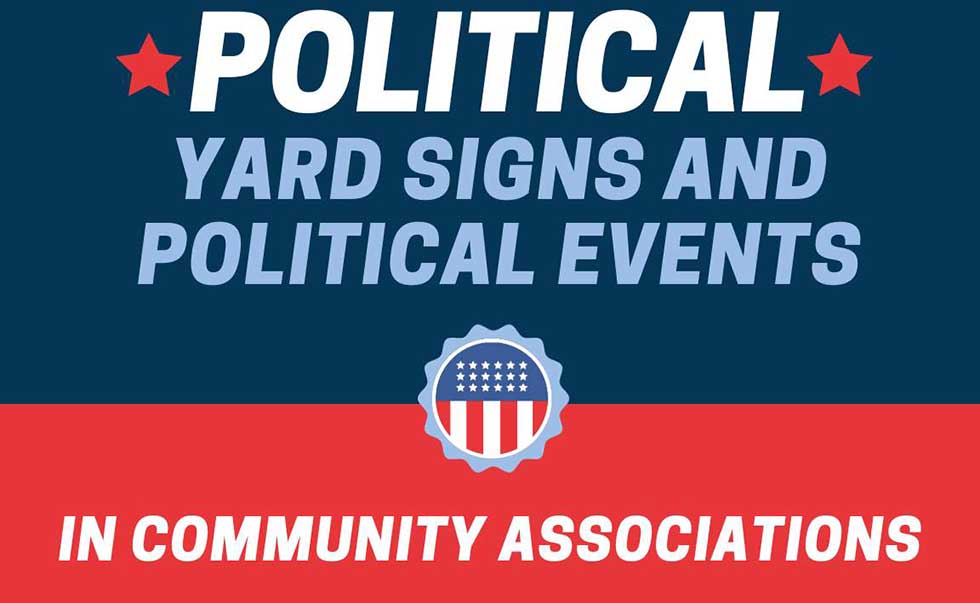Rembaum’s Association Roundup | Jeffrey A. Rembaum, Esq., BCS | Visit HERE
Not too long ago a condominium association foreclosed its assessment lien against a deceased unit owner and the sole heir. With the statutory prerequisites completed, including the recordation of the lien, the association commenced its foreclosure lawsuit. Ultimately, due to the failure of the defendants to respond, a final summary judgment in favor of the association was ordered, This judgment also included two special assessments that were properly levied by the association and remained unpaid. Here is where things begin to get interesting.
The special assessments were levied by the association after the lien was recorded and after the association commenced its foreclosure lawsuit. Therefore, the special assessments were not specifically referenced in the lien or in the foreclosure complaint because they were adopted after the lien was recorded and after the foreclosure action commenced. It is important to note that Section 718.116 (5)(b), Fla. Stat., provides the following, in pertinent part:











